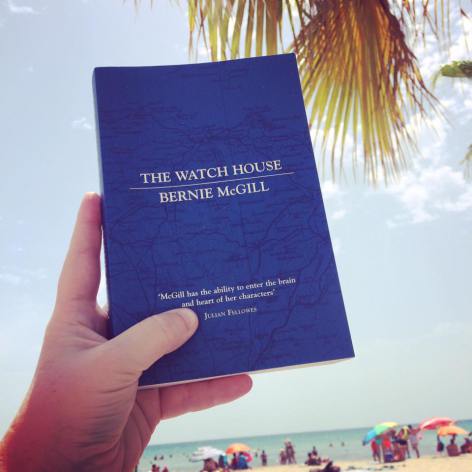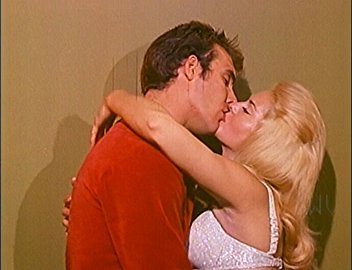Each night, a bright green beam cuts through the sky above Greenwich: a laser, marking the path of the Prime Meridian (the imaginary line – from the north pole to the south pole – from which all other lines of longitude are measured).
It is emitted from the Royal Observatory, high on the hill at Greenwich Park. Another (carved and gilded) representation of the line crosses the building’s forecourt. Many tourists stand here to take the same photo: one foot either side of the meridian, their body half in the western hemisphere, half in the eastern.
There’s only one problem. This zero degrees longitude, accepted in the 19th Century as the global standard for navigation and time-keeping, is the old prime meridian. The new one – invisible, locatable only via GPS – is some 100 metres to the east. The traditional method of calculating longitude was supplanted, and the new meridian adopted, in the 1980s.
Which is interesting, because it was around this time that strange occurrences began to be reported in Greenwich Park.
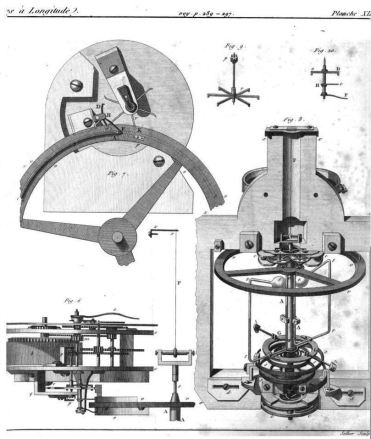 A 19th Century marine chronometer for determining longitude at sea source | public domain
A 19th Century marine chronometer for determining longitude at sea source | public domain
The first recorded instance of a temporal or spatial discrepancy within the region of the prime meridian(s) occurred one autumn morning in 1987. A park keeper told of how, while he was out sweeping leaves at dawn, he suddenly ‘jumped’ from one side of the hill to the other. The man refused to cross that patch of ground again, and was re-employed by the council in a different park soon after.
Since then, reports have been sporadic and varied. The precise nature of the Meridian Glitch, as some call it, is unknown – its behaviours unpredictable. But, looked at chronologically, one begins to see a kind of haphazard – and possibly worrying – evolution in the stories:
 The bandstand at Greenwich Park source | licence
The bandstand at Greenwich Park source | licence
Bonfire night, 1994: a small group of Londoners, conducting an unofficial fireworks display halfway up the hill, note a bizarre, two minute delay between the launch of rockets and their explosion in the Greenwich sky.
Summer, 1999: three German teenagers are parted from their school group. They turn up less than an hour later, their teachers having recently sounded the alarm. The students are tired and shaken, and speak of being lost in an empty, dusk-lit park for ‘days’.
Winter, 2002: the owner of a house in the Vanburgh Park Road area, on the eastern edge of Greenwich Park, has a cat who likes to go on extended wanderings in the park. One day, an eerily similar feline walks through the cat-flap: another black-and-white, identical mannerisms, identical appearance – except for a nick in its left ear. After a week of strange co-existence in the house, the owner witnesses the two cats fighting. The original sustains a vicious swipe to the left side of its head, and scampers in the direction of the park. It is never seen again.
Spring, 2006: a Canadian couple stumble from the crowded path that winds up the hill below the Royal Observatory into a silent world of dark, dense woodland. They emerge hours later and lodge a series of complaints with confused Observatory staff.
2013, Twitter: ‘Got a bit freaked out in greenwich park today. Were they filming some kind of period horror film? #morningjog’
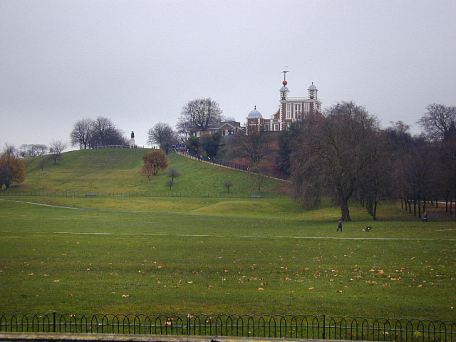 Looking roughly South-East, up the hill towards the Observatory source | licence
Looking roughly South-East, up the hill towards the Observatory source | licence
Tim Merriman is an interesting character. A former estate agent, he holds a history of science degree and describes himself as a ‘freelance portologist’. His research into the Meridian Glitch – which he began after hearing the cat story – has garnered a lot of attention in portal-watching circles. He is a proponent of the theory that the positioning of the prime meridians is key.
Tim sent us an email with some thoughts:
“What is interesting is that the choosing of a ‘prime’ meridian is entirely arbitrary; a construct. Not a lot more than 19th Century maritime power dynamics determined that zero degrees should pass through Greenwich. But arbitrary decisions can have tangible effects! Time and even space are shown increasingly to be functions of human perception. And perception is powerful stuff. A kind of creation. You see, we might think of ourselves as observers, but in observing we perceive and in perceiving we create in surprising ways. In London, where the dimensional structure is already extremely fragile, ideas such as the Greenwich Prime Meridian – tied up, as it is, with big concepts like Time, Empire and Global Uniformity – can have unintended real-world consequences”.
We think we get it.
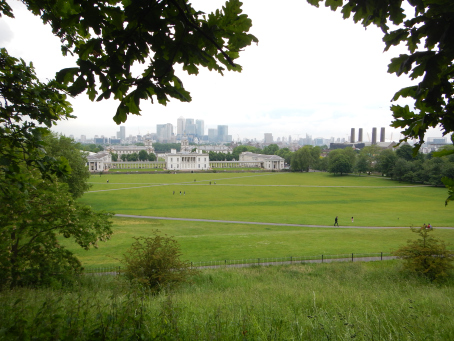 source | licence
source | licence
But any possible reasons behind the dimensional disturbance are perhaps less important than its future manifestations. Are we witnessing the development of something more dangerous, more malevolent, than the simple ‘wormhole’ type doorway that the park keeper experienced 30 years ago?
There is one piece of evidence Tim is keen to track down: the rumoured ‘last selfie’ image. On a busy day in summer, 2014, a phone still attached to a selfie stick was found abandoned in the park and handed in to museum staff. By the time Tim got word that staff members had seen something ‘unexplainable’ – and extremely disturbing – in the background of the mystery tourist’s most recent photo, the phone itself had disappeared once more, and those involved were unwilling to discuss it.
We monitor the situation with interest.
- Candidate: The Meridian Glitch
- Type: [Unstable]
- Status: Active
Featured image: Randi Hausken |licence
Share this:


